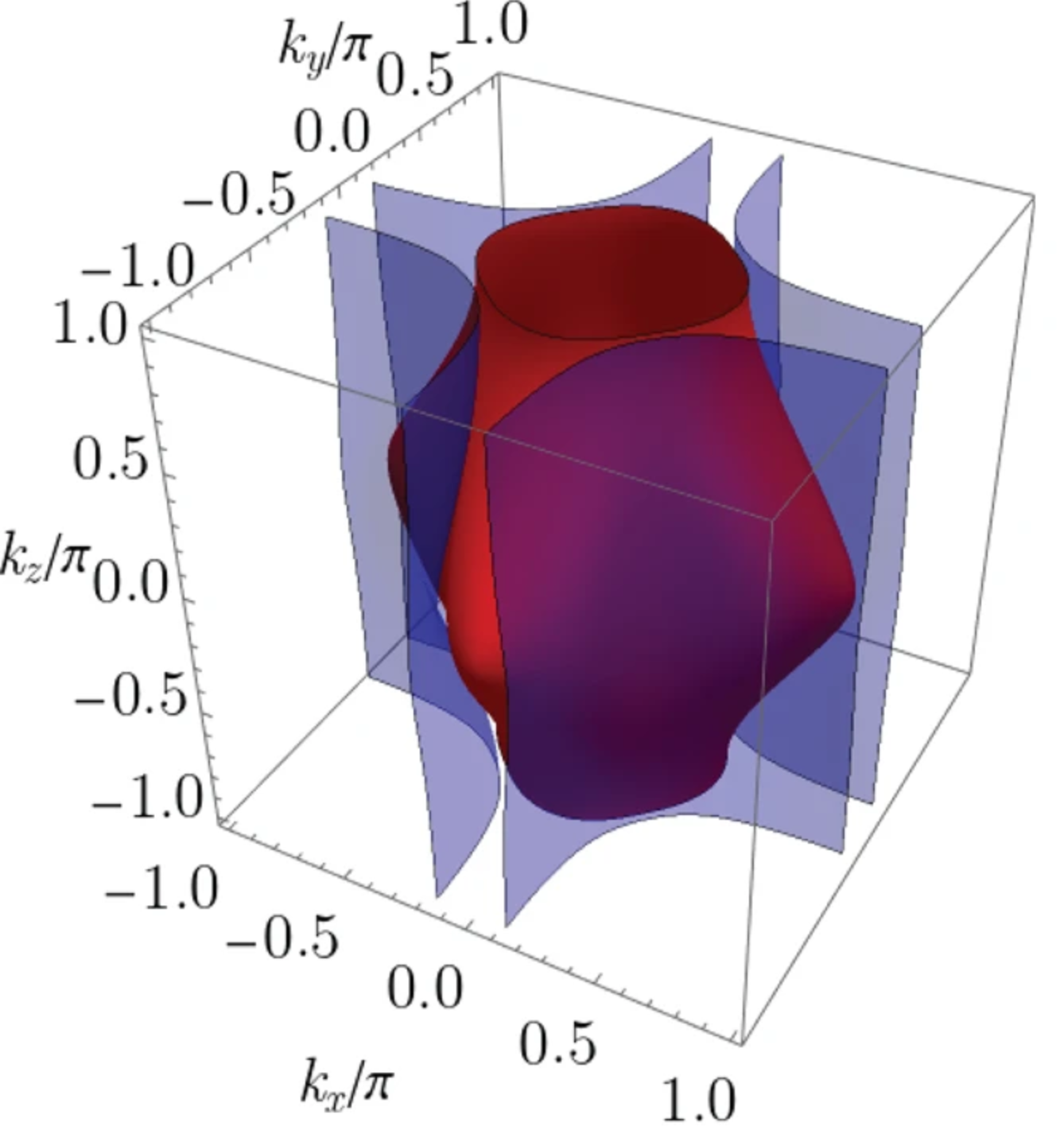
New publication in npj | Quantum Materials.
![]()
Tian Shang, Sudeep K. Ghosh, Michael Smidman, Dariusz Jakub Gawryluk, Christopher Baines, An Wang, Wu Xie, Ye Chen, Mukkattu O. Ajeesh, Michael Nicklas, Ekaterina Pomjakushina, Marisa Medarde, Ming Shi, James F. Annett, Huiqiu Yuan, Jorge Quintanilla & Toni Shiroka
npj Quantum Materials volume 7, Article number: 35 (2022)
Topological semimetals are three dimensional materials with symmetry-protected massless bulk excitations. As a special case, Weyl nodal-line semimetals are realized in materials having either no inversion or broken time-reversal symmetry and feature bulk nodal lines. The 111-family, including LaNiSi, LaPtSi and LaPtGe materials (all lacking inversion symmetry), belongs to this class. Here, by combining muon-spin rotation and relaxation with thermodynamic measurements, we find that these materials exhibit a fully-gapped superconducting ground state, while spontaneously breaking time-reversal symmetry at the superconducting transition. Since time-reversal symmetry is essential for protecting the normal-state topology, its breaking upon entering the superconducting state should remarkably result in a topological phase transition. By developing a minimal model for the normal-state band structure and assuming a purely spin-triplet pairing, we show that the superconducting properties across this family can be described accurately. Our results demonstrate that the 111 materials reported here provide an ideal test-bed for investigating the rich interplay between the exotic properties of Weyl nodal-line fermions and unconventional superconductivity.